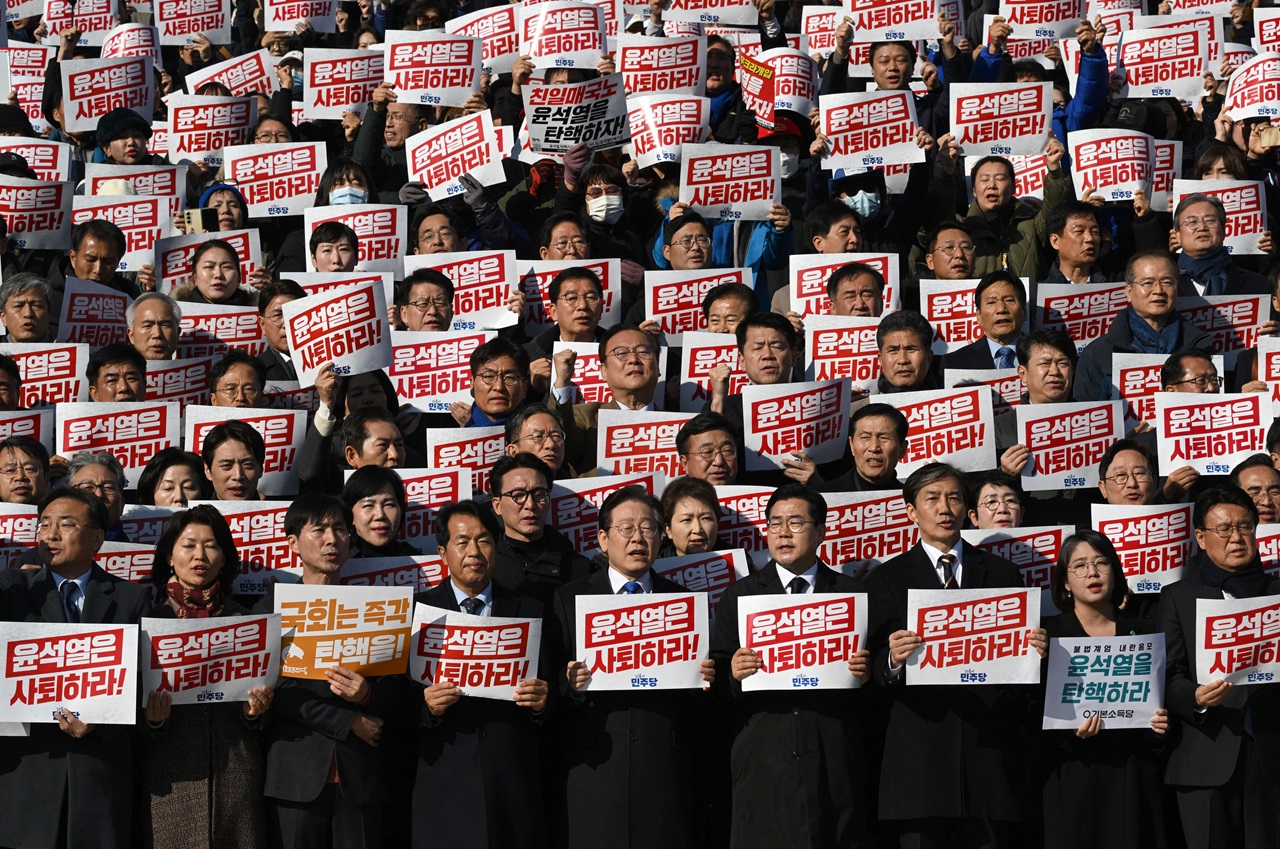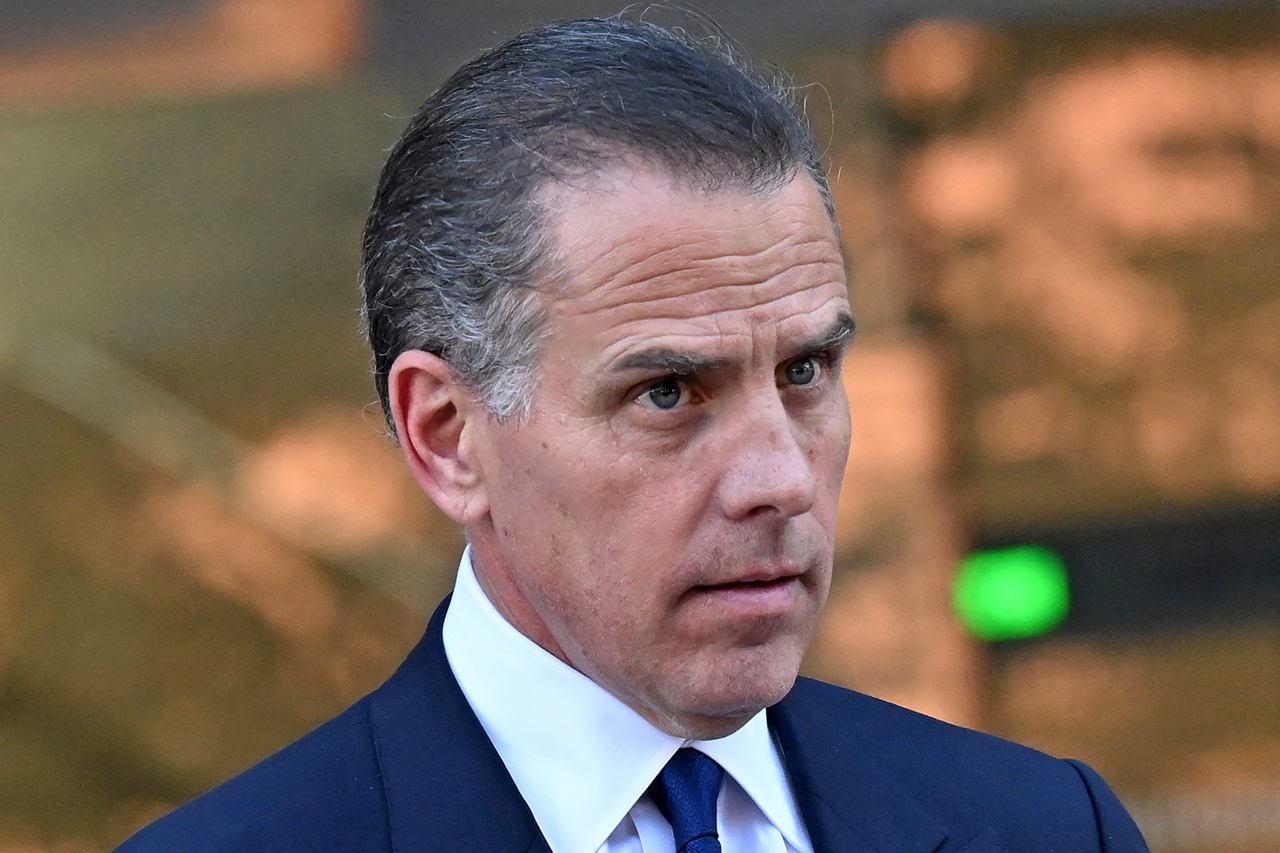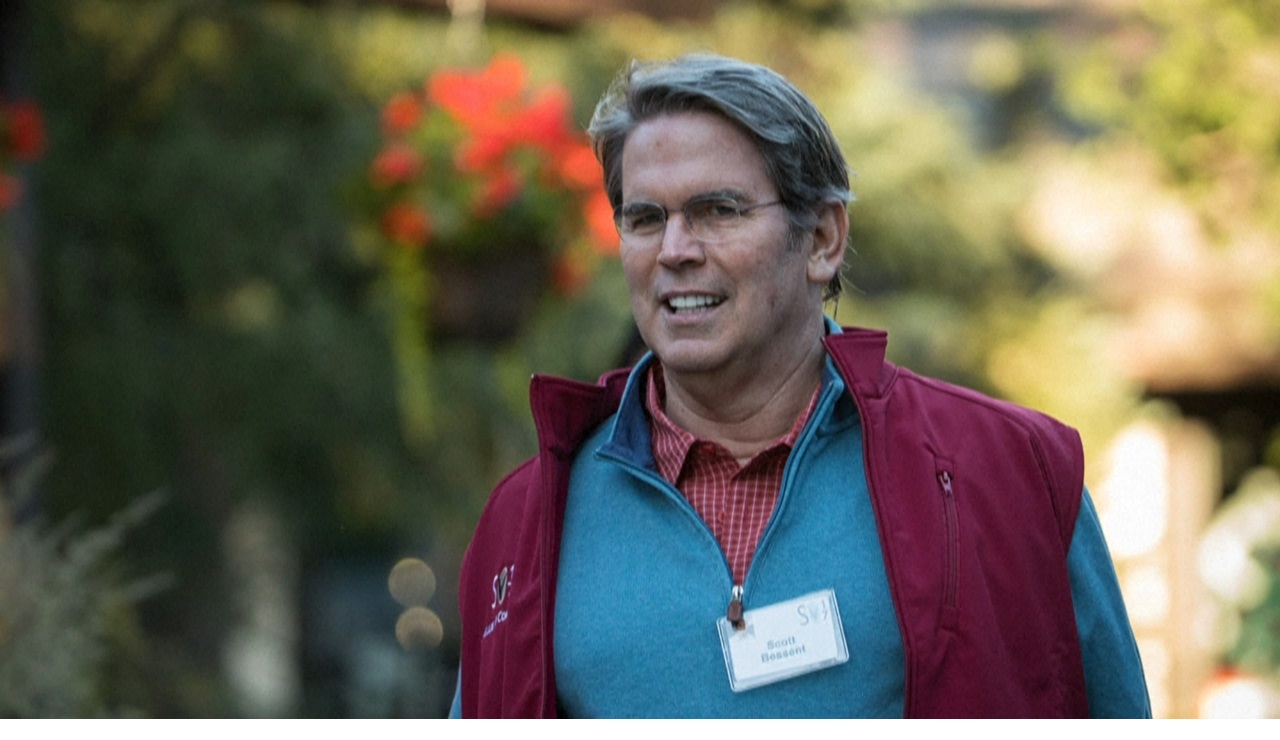
Despite a campaign aimed towards the poor, Mexico’s lower classes are worse than ever under AMLO
While the pandemic has been used as the excuse for mismanagement, misgovernance and other unfortunate events, in Mexico, it is not the sole reason for the worsening lower class that exists today.
After winning back in 2018, Lopez Obrador pushed the slogan “first the poor” as he promised to end all worries they had. He founded the party, Morena, a decade ago in hopes of lifting up the marginalized communities neglected under previous administrations.
Economists point to mismanagement of the economy and welfare programs, despite being under a president, Lopez Obrador, whose campaign consisted of policies that would bring the poor and lower class out from under. But halfway into the President’s six year term, the working class find themselves buried under.
One of President Lopez Obrador’s recent blows against the lower class was the termination of its “full time schools” program, previously introduced by archrival former President Vicente Calderon back in 2007. It was one of the only internationally-recognized Mexican educational programs by UNICEF and The World Bank on many occasions that allowed over 25,000 schools to extend their school day hours, allowing parents and single mothers to work a full day of work and make the money needed to support their household.
According to Mexico Evalúa, a research institute, the program provided over 3.6 million children with hot meals and extra academic hours which testing proved was a huge positive for children as grades overall improved. Children would spend anywhere from six to eight hours at school, but with the scrapping of the program, that has reduced to four hours. The trickle effect has in turn only allowed parents and mothers to work half days before they have to pick up their children, reducing their income and creating less education time for children.
Earlier in the year, Public Education Minister Delfina Gómez announced the end of the program, citing the government was looking to improve certain education sectors like the infrastructure of classrooms and washroom facilities — just one of the casualties that has come of the government trying to renovate the welfare system. Even while still being the 15th largest global economy, this continuation of misgovernance will hurt growth and stall the country’s recovery.
Critics of Lopez Obrador argue that he only terminated the program because it was introduced by archrival Calderon and that Lopez Obrador only wants policies that are stamped with his name and authority. Regardless of the reasons, the marginalized will suffer.
Mexico was one of the only global powers to not increase spending during the pandemic to mitigate the hardships brought on by the pandemic, showing the government's emphasis on balanced books over taking on more debt to help the country’s poorest communities. Lack of government support during those hard times according to government data, led 3.8 million Mexicans to become impoverished by the end of the 2020. As of right now, 56 million people in Mexico are without the basic necessities to live a day to day existence.
According to Mexican government figures, more than 5 million students across all grades dropped out of school out of financial need or simply because parents could not afford to leave work early to pick up their children, and instead decided to take them out all together.
CONTENIDO RELACIONADO
Inflation and termination of important welfare programs have left millions of impoverished families without much hope of their situation ever changing in their lifetimes. Some of President Lopez Obrador’s policies in trying to better the situation include direct cash transfers instead of the welfare programs that provide basic necessities regardless of their particular income. Many who need it may not get it and those who do, don’t need it or may not spend it effectively, thus creating more problems.
Similar to that of the one-time $1,200 payments the U.S. provided during the pandemic in which many who needed it did not receive it and those well off also got the money.
Other efforts included an apprenticeship program to help boost the employment numbers, but many companies in Mexico do not work formally with the government with many Mexicans receiving cash under the table.
Under the current system Lopez Obrador has in place as it relates to education, the government will provide funds as they see fit to each school and then committees composed of parents that will decide how to allocate it. However, many working families are not able to be a part of the committee because of work and the fear is the money will not be allocated correctly to those who need it most and corruption could ensue — not an uncommon occurrence in the country.
According to Mexicanos Primero, an advocacy group for education, with over 2,000 schools already having cut their extended days, more will follow in the coming months. With the government shifting focus to expensive and arguable unnecessary infrastructure bills, education is devalued.
Mexican economists say that any kind of bolster in the economy in the previous three decades was because of women entering the workforce in waves as a result of the government’s child care programs, but seeing as the programs have been cut, economic recovery is going to be tough to come by anytime soon.










DEJE UN COMENTARIO:
¡Únete a la discusión! Deja un comentario.